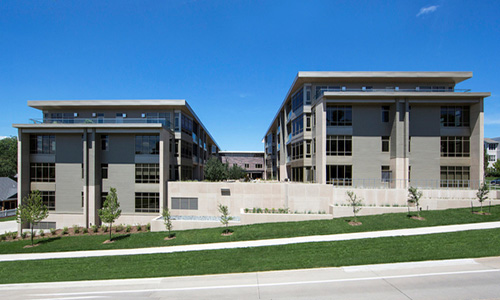Prototyping Senior Living Communities
The idea of prototype has reinvented itself in today's technological advancement in many fields including the design and construction industry.
The idea of prototype has reinvented itself in today's technological advancement in many fields including the design and construction industry.

The idea of prototype has reinvented itself in today’s technological advancement in many fields including the design and construction industry. It is the idea of fast creation and massFocus on senior living communities production that has gained momentum to leverage the advantage of market demands and trends. Senior living projects have seen the surge in several regions around the United States making it a logical candidate to be prototyped both in terms of design and construction.
Rapid prototyping is a term that is relatively new to the construction industry. For senior living projects the focus on design and customization could be complemented with manufacturability and speed. The expectations of prototyping has to be carefully structured during a design workshop. There are certain aspects of design that could embrace best practices and well researched modules suited for senior living communities.
Prototyping featuresA good start would be narrow down the model based on specific segments of population and market needs. Prototyping features may include certain standard design elements such as unit sizes, span standardization, support services, codes, egress, daylighting and general circulation patterns that could be templated. The idea is to not take away the contextual design intent such site conditions, macro and micro climate and regional materials. There is also plenty of room for regional flavor that interior design and finishes can bring about to balance between originality and just mere stamping.
Premanufactured prototypical modulesWhen it comes to construction, off-site mass premanufactured prototypical modules has been adopted not only to increase speed but also to bring in better quality standards in a slow evolving industry. For senior living communities the designs that are tested and proven could emerge as the basis for design adaptations and construction techniques, all coming together as a modular yet scalable prototype for future projects.